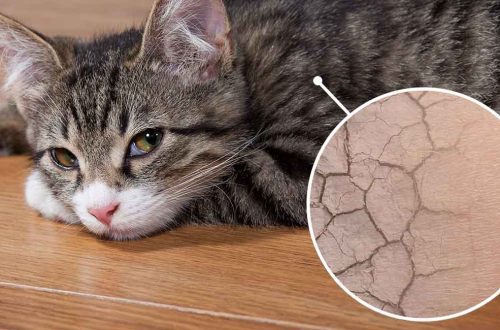
Is it possible to walk a cat on the street
Cats have a lot of fun going outside, but they also face the dangers of walking themselves: cars, dogs, other cats, infestation with fleas or nasty diseases… The list is endless. It is clear that the decision to let the cat take a step into this vast world can cost its owner nerves. Fortunately, there are a number of things you can do to keep your cat safe.
When?
Kittens should not be allowed to come into contact with other cats until they have been vaccinated. In addition, it is best if you spay or neuter your pet before allowing him free access to the outdoors. Uncastrated cats tend to wander very far, exploring the territory, as well as fighting with their brethren. This usually leads to inflammation at the bite sites, but can also cause a viral disease. By the time of spaying/neutering and completing the full course of vaccinations, the cat or cat will be about 6 months old – at this age, the pet is already more or less able to take care of itself.
What time of day?
It is best to let your cat out in the morning rather than at night when poor visibility makes it more likely to be hit by a car. Ideally, before you start walking a cat on the street, you should accustom it to feeding at a fixed time, and not give free access to food. In this case, it will be possible to release the cat shortly before feeding time. Then hunger will force her to return home at the right time. In addition, before offering food or treats to a cat, you can exercise it by making some sounds, such as ringing a bell, keys, or a horn. In the future, having heard them, the pet will understand that a reward awaits him in the form of delicious food. Even the sound of a bag being shaken can make your cat run home! Food left in front of the house can also work, but not always, because it will attract the attention of the neighbor’s cats, which your own cat may be afraid of, and this will reduce the chances of her coming home.
Safety measures
Having a bell on a cat’s collar will make it less successful at hunting birds and help you hear when it is nearby. The microchip will increase the likelihood that your pet will be returned to you if it is lost. There are a number of organizations that will register your contact details and give you a coded tag for your pet that you place on the collar. It’s more than just a visual identification tool – it can be a more secure way to protect your contact information. (Some cat owners using address tags have been swindled by scammers who lure them out of the house with the news that the cat has been found, and rob the house in the absence of the owners.)
Drawing attention to the boundaries of your home and garden with household items that have your cat’s scent on them can also help bring your pet home. A few scents from bed linen, wool, or the contents of the cat litter can all be used in those emergency cases when the pet does not return for too long.
risk situations
Moving to a new home is a lot of stress, and losing a pet in the process is the last thing you want to go through. Do not let your cat outside for at least two weeks after moving into a new home, even if she asks. Consider using a replacement pheromone diffuser to help your pet feel calm and confident in the new location. And last but not least, always have an up-to-date photo of your cat with you so that you can post it on your listings in case it goes missing.





